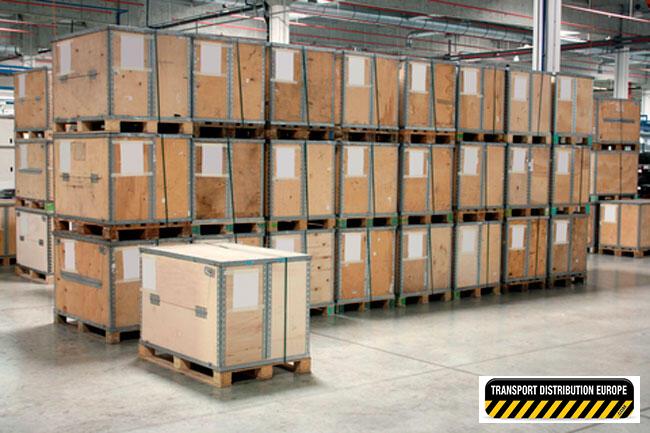Custom Regulations for sending pallets to different countries
Jan 29, 2014
By John Andrew Shawyer, director at Associated Pallets Ltd.
With wooden packaging highly popular in international trade, recognising the rules and regulations linked to the material is vital for anyone dealing in imports and exports. This is because many countries are understandably nervous about the insects and pests inhabiting wood packaging and the damaging impact they could have if introduced to a new environment. So whether they are cases, crates, pallets or boxes, anything constructed from wood must comply with the requirements of the region they are being sent to. When it comes to imports and exports, taking the chance of losing a consignment to customs just isn't worth the risk.
When purchasing packaging for the purpose of exporting goods, it is important to make sure wooden containers meet what is known as the International Standards for Phytosanitary Measures 15 (ISPM15), as almost all countries use this as the benchmark for acceptance through customs. Packaging that matches this required standard will be welcomed across the EU, but it is worth noting that many other countries have their own demands when it comes to what can and cannot enter.

Canada
Although in the past Canada had more relaxed rules, it is now more in line with much of the rest of the world when it comes to wooden packaging requirements. Following a two-year transition from the old system to the new, Canada now demand that wooden packaging carries the same IS mark as its European counterparts. Any goods without such accreditation will be refused entry.
Australia
Notoriously strict when it comes to imports and exports, Australia is no different when it comes to wooden packaging. For instance, although the ISPM15 mark still passes muster, Australian authorities have expressed concerns that wood treated in such a way could potentially still carry something called the blue stain fungus. Moisture is the issue in this case, so kiln-drying pallets or crates is often enough to appease the Australian authorities.
In addition to this, the Australian Quarantine and Inspection Services (AQIS) have introduced a stringent bark tolerance for wood packaging. Staying within this benchmark is important, as importers have been warned that anything above it will be either treated or destroyed.
China
Although China implemented the European standard for wooden packaging in 2006, there have been instances when it has not been enough to get goods into the country. The issue has arisen when packaging has been re-used and therefore its first origin is different to its most recent destination. As a result, Chinese authorities considered certain goods too much of a risk and refused to allow them into the country.
However, following intervention from the EU the Chinese authorities have re-addressed this and accepted that the International Standard is more than enough. Exporters are advised to use new packaging where possible in order to prevent any potential problems.
USA
An important export and import partner, the USA adopted the International Standard in 2005 following a detailed and in-depth compliance period. In addition to this, American authorities prefer timber to be fumigated or heat-treated and marked as such in order to be completely free of any unwanted pests.
About the author
John Andrew Shawyer has been a director at Associated Pallets Ltd. since 1993. John specialises in all types of pallets and pallets distribution.
